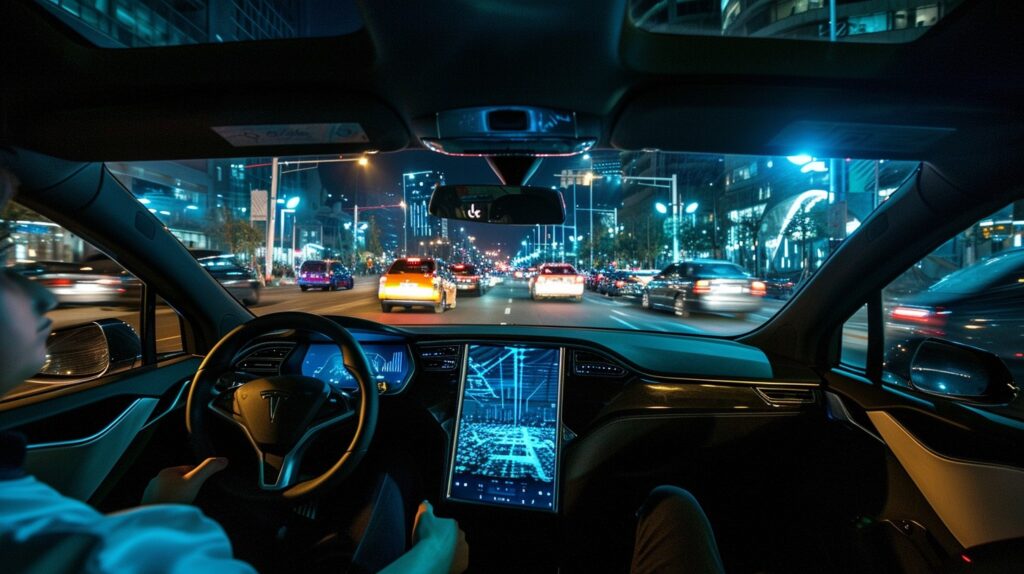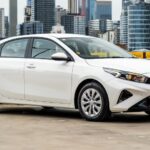A few years ago, the safest way to avoid an accident was simply to keep both hands on the wheel and stay alert. Today, while driver attentiveness is still vital, cars themselves have become allies in protecting people on the road. Modern safety technology has grown so advanced that it feels less like extra features and more like an invisible co-pilot watching every move. From sensors that detect what you cannot see to systems that automatically react faster than any human could, these innovations are shaping a new era of driving confidence.
One of the most widely adopted systems is automatic emergency braking. This feature uses cameras and radar to monitor the road ahead. If a potential collision with another car or a pedestrian is detected and the driver fails to act quickly, the car applies the brakes on its own. The benefit is clear. Split seconds matter, and even a small reduction in speed can lessen the impact or prevent the crash entirely. For families driving in busy city traffic, this can mean the difference between a close call and a hospital visit.
Lane keeping assistance is another technology that has quietly changed everyday driving. Fatigue, distraction, or even a momentary lapse in concentration can cause a car to drift out of its lane. Lane keeping systems track the road markings and provide gentle steering corrections to keep the car centered. It does not replace attentive driving, but it reduces the risk of drifting into another lane, especially during long highway journeys when focus naturally fades.
Blind spot monitoring is also becoming a standard feature, and for good reason. Side mirrors, no matter how well adjusted, leave areas that drivers simply cannot see. Sensors placed around the car alert the driver if another vehicle is hidden in those areas, often with a small light in the mirror or an audible warning. For anyone merging onto a highway or navigating dense traffic, that simple notification can prevent dangerous side collisions.
Adaptive cruise control takes traditional cruise control a step further by automatically adjusting the car’s speed to maintain a safe following distance. Instead of constantly tapping the brakes and resetting the speed, the system senses the car in front and slows down when necessary, then speeds back up when the road clears. Not only does this reduce driver fatigue on long trips, but it also creates smoother traffic flow, which lowers the chances of sudden braking and chain-reaction crashes.
Parking assistance is another area where safety tech has made driving less stressful. Rearview cameras, now mandatory in many markets, give drivers a clear view of what is behind them. Parking sensors add audible alerts when approaching an obstacle. More advanced systems even guide the steering into parallel or tight parking spaces. These tools prevent accidents in parking lots, where low speed collisions and pedestrian incidents are common.
Some of the most impressive progress is happening with vehicle-to-vehicle and vehicle-to-infrastructure communication. Though still in early stages, these systems allow cars to share data with one another or with traffic signals. Imagine approaching an intersection where your car already knows another vehicle is running a red light. The system could warn you or even brake automatically before you see the danger. This type of connected technology holds the potential to transform road safety on a large scale.
What makes these technologies powerful is how they work together. A driver may not notice the car drifting slightly, but the lane system does. Someone may miss the cyclist in the blind spot, but the sensors will not. A sudden slowdown ahead might surprise a human, yet adaptive cruise control responds instantly. Each feature addresses a specific weakness in human perception and reaction time, creating a layered shield of protection.
Of course, technology is not flawless. Cameras can be obstructed by dirt or heavy rain, sensors may misinterpret unusual conditions, and drivers can become over reliant. The key is remembering that these systems are tools, not replacements for responsible driving. Still, statistics show that vehicles equipped with features like automatic emergency braking and lane keeping support have fewer accidents and lower injury rates compared to those without them.
For drivers today, safety is no longer limited to seat belts and airbags. Modern cars are equipped with technology that actively prevents accidents rather than only reducing harm after they occur. This shift marks a turning point in automotive history. Families can travel with greater peace of mind, young drivers benefit from added backup as they gain experience, and long commutes become less tiring and more secure.
As automakers continue to refine these systems, the future points toward cars that communicate seamlessly, anticipate risks, and protect passengers in ways that were once unthinkable. Until then, drivers can appreciate the quiet reassurance of knowing their car is looking out for them, every mile of the journey.


